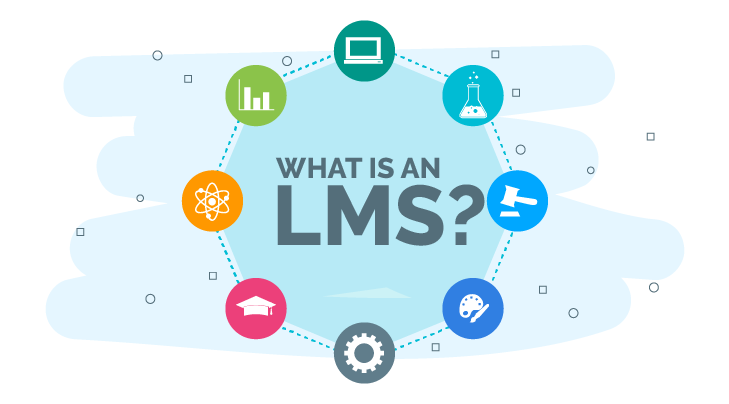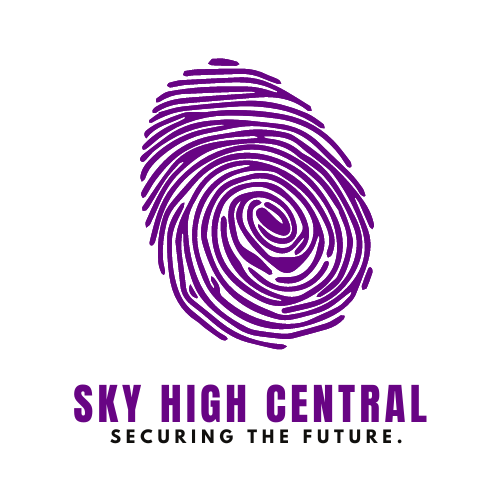In today’s digital age, education is rapidly evolving, and Learning Management Systems (LMS) play a crucial role in this transformation. LMS refers to software platforms designed to deliver, track, and manage educational courses and training programs. Whether for K-12 education, higher education, corporate training, or specialized fields like healthcare, LMS has become an integral part of the learning ecosystem. But what exactly is an LMS, and how does it enhance education?
In this article, we will explore the concept of LMS, its key features, the benefits it brings to educational environments, and some popular use cases. Additionally, we’ll review some of the top LMS platforms currently available in the market.
What Is LMS? A Quick Overview

A Learning Management System (LMS) is a software application or platform used to manage and deliver educational content. It enables educators to create, distribute, and manage courses and learning materials. LMS platforms support both synchronous and asynchronous learning, providing a centralized space for managing content, assessments, student tracking, and communication.
Popular LMS platforms include names like Moodle, Blackboard, Canvas, and Google Classroom. These platforms are widely used across educational institutions, businesses, and government agencies worldwide to provide scalable and efficient learning solutions.
Also Check: What does HCM Stand for?
Key Features of an LMS
Learning Management Systems come with a wide variety of features designed to enhance the learning experience for both educators and students. Here are some of the key features of an LMS:
1. Content Delivery
An LMS allows educators to upload and share content in various formats, such as text, video, images, and quizzes. With the integration of multimedia and interactive tools, learners can engage more effectively with the material.
2. Assessment and Reporting
LMS platforms come with built-in assessment tools like quizzes, assignments, and exams, enabling instructors to track learners’ progress. Reporting features provide insights into grades, completion rates, and areas where students may need further support.
3. Collaboration Tools
Most LMS platforms offer communication tools such as discussion forums, group chats, and video conferencing. These features promote collaboration and peer-to-peer interaction, which is especially important in online or hybrid learning environments.
4. Customization and Scalability
LMS platforms can be customized to meet the needs of different institutions. Whether it’s personalizing the user interface, adding specific features, or scaling the platform for thousands of users, LMS can grow with your educational requirements.
Benefits of LMS in Education
1. Improved Learning Efficiency
An LMS provides self-paced learning, which enables students to access materials whenever they need. This flexibility improves the overall learning experience and helps students learn at their own pace, enhancing understanding and retention.
2. Cost-Effectiveness
LMS eliminates the need for paper-based materials, physical classroom resources, and long commutes. It reduces administrative and training costs, which makes education more affordable for both institutions and learners.
3. Real-Time Feedback
One of the major benefits of an LMS is the ability to provide real-time feedback. Educators can grade assignments quickly and offer comments on students’ work, promoting continuous learning and improvement.
4. Better Tracking and Analytics
LMS platforms offer advanced reporting and analytics that help educators track learner progress. Detailed reports on individual performance help identify areas where students may need extra support, enabling personalized learning interventions.
Use Cases of LMS in Education
1. Higher Education
Many universities and colleges use LMS to deliver online courses, manage student assignments, and facilitate discussions. It has become an essential tool for hybrid learning models that combine traditional face-to-face instruction with online learning.
2. Corporate Training
Corporate organizations use LMS for employee training, development, and onboarding. LMS platforms allow businesses to deliver consistent training across large teams, track employee progress, and ensure compliance with regulatory requirements.
3. K-12 Education
LMS platforms like Google Classroom and Seesaw are widely used in K-12 education. These platforms enable educators to upload assignments, grade students, and foster collaboration, making remote or hybrid learning easier for both teachers and students.
4. Healthcare Education
Healthcare institutions utilize LMS to provide training for medical professionals, ensuring they stay up to date with the latest practices and medical technologies. LMS platforms are also used for compliance training in areas like HIPAA.
4 Best LMS in Education
1. Moodle
Overview: Moodle is an open-source LMS used worldwide, particularly in higher education and corporate settings. It is flexible, customizable, and supports a wide range of learning activities.
Features: Course creation tools, quizzes, assessments, grade tracking, social forums, mobile app support.
Best For: Institutions looking for a highly customizable, open-source LMS solution.
2. Blackboard
Overview: Blackboard is a widely used LMS that offers a comprehensive suite of tools for course management, content delivery, and collaboration. It’s particularly popular among universities and colleges.
Features: Virtual classrooms, multimedia support, group assignments, grade center, extensive reporting tools.
Best For: Higher education institutions requiring a feature-rich, all-in-one platform.
3. Canvas by Instructure
Overview: Canvas is known for its user-friendly interface and modern design. It’s a cloud-based LMS designed to make online learning seamless and effective.
Features: Easy course creation, mobile app, integrations with third-party tools, detailed analytics.
Best For: Schools and universities looking for a user-friendly platform with extensive integration options.
4. Google Classroom
Overview: Google Classroom is a free, easy-to-use LMS developed by Google. It’s a great tool for K-12 educators and small institutions looking for a no-cost, simple solution for managing assignments and communicating with students.
Features: Integration with Google Workspace, grade tracking, assignment submission, real-time feedback.
Best For: K-12 schools and educators looking for an easy-to-use LMS with seamless integration with Google tools.
Conclusion
Learning Management Systems (LMS) have revolutionized the way education is delivered and managed. From content delivery to assessments and collaboration, LMS platforms provide the tools that make education more flexible, efficient, and cost-effective. Whether for higher education, corporate training, or K-12 learning, LMS has become an essential part of modern education.
Choosing the right LMS platform depends on your specific needs. Whether you’re looking for flexibility, ease of use, or a feature-rich solution, platforms like Moodle, Blackboard, Canvas, and Google Classroom can cater to different educational contexts and requirements.
As technology continues to evolve, so will the role of LMS in shaping the future of education. With advancements in AI, gamification, and immersive learning experiences, LMS will continue to transform how we teach and learn.
